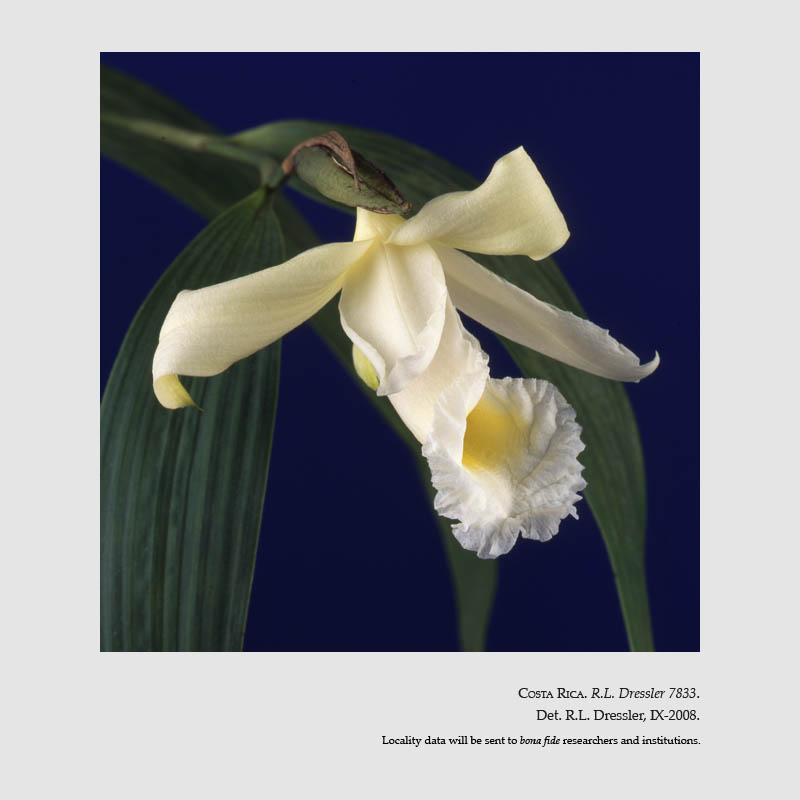Synonym : Epidendrum renanthera, Gongora philippica
Native range : Philipines, Chaina, Indonesia, Thailand, Lao, Vietnam, Hong Kong
Skill for Culture : Beginner
Type of Culture : Warm grower
Described/Discovered by :
Described in : 1790
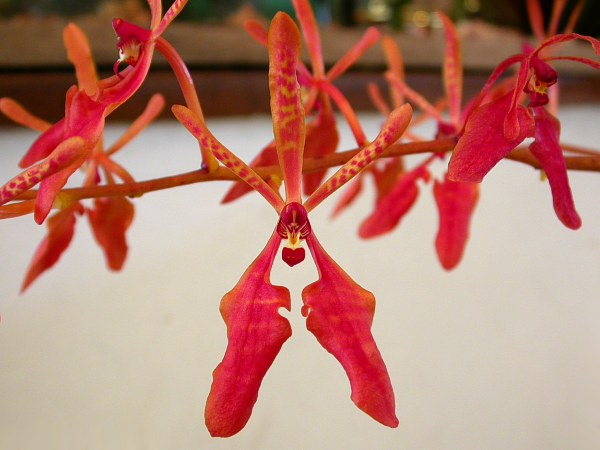 |
Renanthera coccinea orchid
(http://www.orchidspecies.com/) |
Type of Grow :
Epiphytes ; Growing on clinging to branches of trees.
Terrestrials and semi-terrestrials; are thrive growing on/in the ground.
Lithophytes; Orchids that grow in or on rocks.
Growing Patterns : Monopodial; Orchids are growing always grows vertically.
Description
Renanthera coccinea was first imported to Europe in 1820. This is a large climbing plant, can exceed about 5 meter in height. Lacking pseudobulbd, it develops long stems covered with many leaves.
 |
Renanthera coccinea orchid
(https://www.flickr.com) |
Flower
Flowers size 5 to 6.5 cm. The inflorescences, sometime more than 100 flowers. flowers are fragrant, beautiful red-orange color
Roots
Aerial roots, Large root which acts to store water to feed itself.
Leaves
Culture
Because orchids have large size, should be cultivated it in large pots containing a mixture of fir bark and expanded polystyrene. Can cultivated it in direct sun, needs abundant water, fertilizer every 2 weeks, Repotted once a year.
 Culture & Care
Synonym :
Culture & Care
Synonym : Description
Description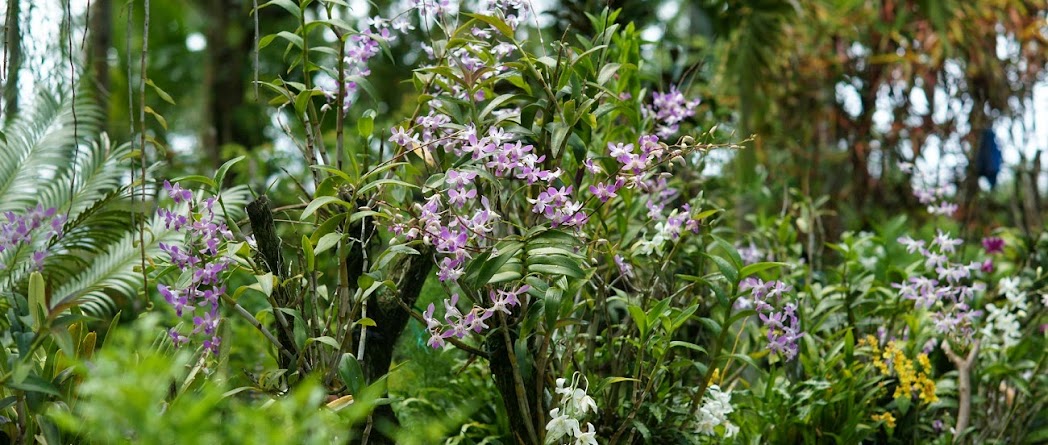




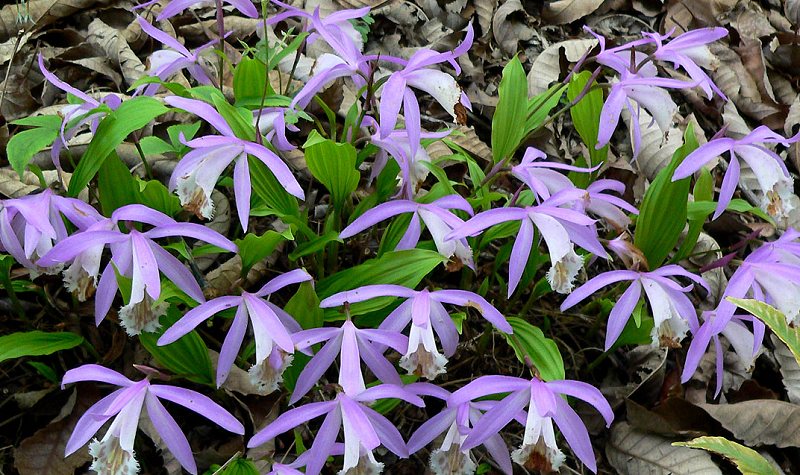
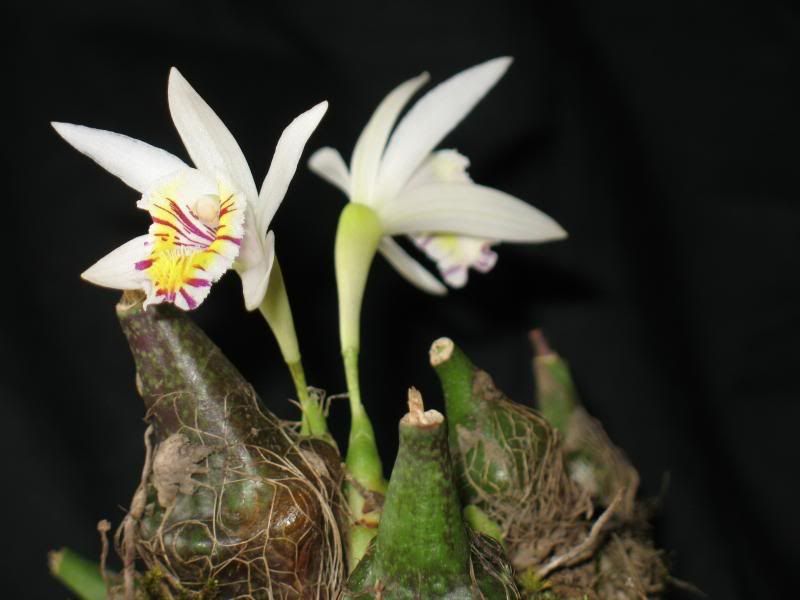



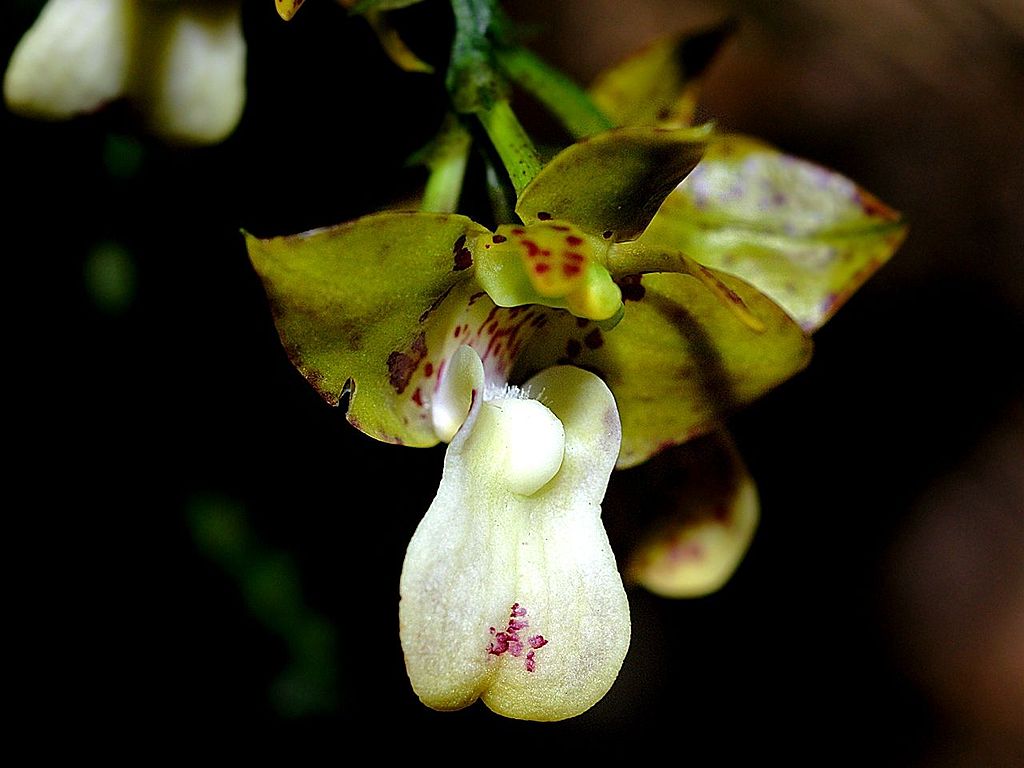



-Curtis'_66-3733_(1840).jpg/491px-Psychopsis_papilio_(Oncidium_p.)-Curtis'_66-3733_(1840).jpg)
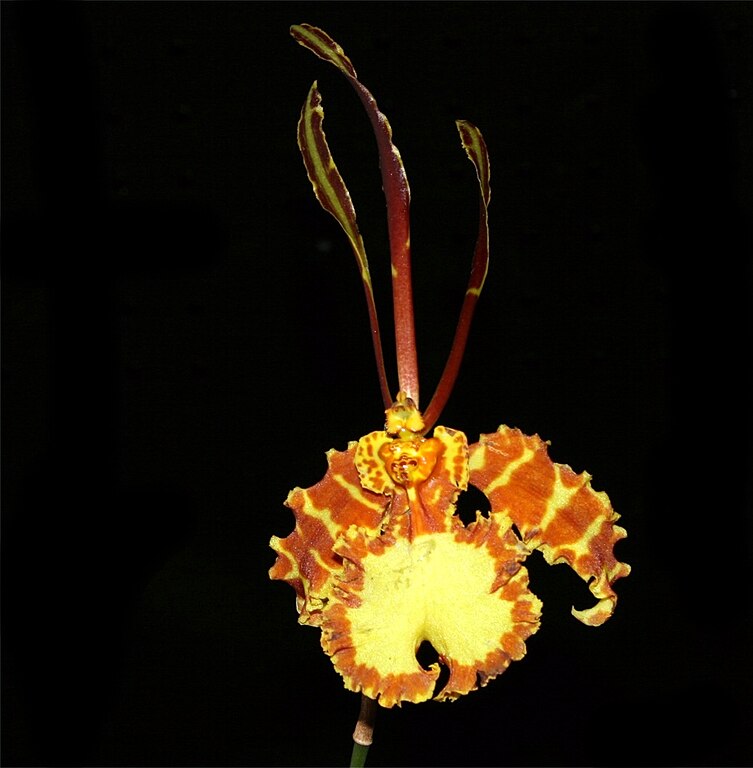






-Bateman_Orch._Mex._Guat._pl._24_(1840).jpg/684px-Rossioglossum_grande_(Odontoglossum_grande)-Bateman_Orch._Mex._Guat._pl._24_(1840).jpg?uselang=ru)



_pl_7058_(1889).jpg/568px-Sobralia_leucoxantha_-_Curtis'_115_(Ser._3_no._45)_pl_7058_(1889).jpg)
